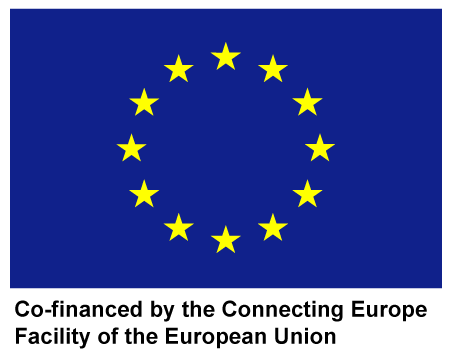
Cooperative Urban
Mobility Portal
Explore Connected and Cooperative Mobility

Cooperative
Urban Mobility Portal
Explore Connected and Cooperative Mobility
Green And Comfortable Commuting To Dense Inner City
Business scenario
Managing traffic and related infrastructure can be particularly challenging in cities with old or historic city-centers with highly dense and protected areas. Many of such cities have reached to the limits of their transport infrastructure and resource capacity, while being confronted with rising car traffic to and from its commuter belt, which also requests more parking space. One remedy to address this problem is to endorse public transportation, motivating commuters to park their vehicles in the outskirts of the city and make use of public transportation to travel towards the destination in the inner city. To address this, a service-based solution can be provided to commuters involving urban parking availability and mode & trip time advice through an application on their smart mobile devices, while green (light) priority is applied for public transportation vehicles. Urban parking availability provides parking information to its users to make informed decisions about available parking places around the vicinity or destination of the user. This is supported by the mode & trip time advice that aims to provide the commuter with an optimal itinerary with public transportation or other modes for the rest of their commuting path. In addition, the solution is supported by providing priority to public transportation vehicles in roads (through traffic signaling) to help reduce their travel time.
Business model blueprint
The business model blueprint has been built on the proposed service solution, incentivizing commuters by car to make a modal shift when approaching the condensed inner city, and park their vehicles in the outskirts and make use of public transportation to the final travel destination in the inner-city. The users that commute into downtown are directed by the application to the nearest suitable parking location in the outskirt, considering dynamic traffic, location, parking, and public transportation data. Accordingly, the application provides mode of transport travel advice or suggested itineraries to commuters to reach their desired travel destination. Depending on the traffic conditions in downtown, the application offers special incentives to commuters, such as free or reduced-tariff public transportation. In this service scenario, in addition to reduced travel costs due to free or discounted tickets, the commuters can also benefit from increased comfort, as unnecessary cruising for parking is reduced. The transit operator offers relocation of commuters from the car parks to the vicinity of their destination, while the road operator ensures that real-time parking and traffic information is generated and disseminated such that the service can effectively be used. In addition, the road operator compensates the operation of the service by means of a service fee paid to the service operator.
To further enhance the viability of the business model design, employers (companies) are included. For instance, as the commuters’ timelines potentially improve, certain employers (companies) located in the inner city can also be included in the network to cover (a part of) the service fee. This can be attractive particularly for those companies that are expected to offer parking facilities to employees. Consequently, employers can benefit from green image and on-time personnel. Another variant includes a mobility as a service (MaaS) provider that offers relocation through other means (e.g., private taxis) as opposed to public transportation.
Business model viability
Adoption of the service is key to generate the desired benefits in terms of pollution and traffic efficiency and to motivate the large service investments for the city. Accordingly, the percentage of compensation offered on public transport tickets to commuters should spark commuters to shift their mode of transport and to adhere to the travel advice provided through the service. If a significant user base can be achieved, the monetary value of a reduction in pollution as well as the increase in traffic efficiency generated should enable the road operator to reach long-term viability and to offset the costs of service facilitation / deployment incurred. For the employer, the time saved as well as the decreased for parking space are considerable. As a result, based on the balance of costs and benefits, the city and employer should determine the share of compensation each party will contribute towards the reduction in price of public transport tickets (and assess the subsequent increase in user base for the service).



This website has received funding from the European Union’s Horizon 2020 Research and Innovation Programme
under Grant Agreement number 723311.

